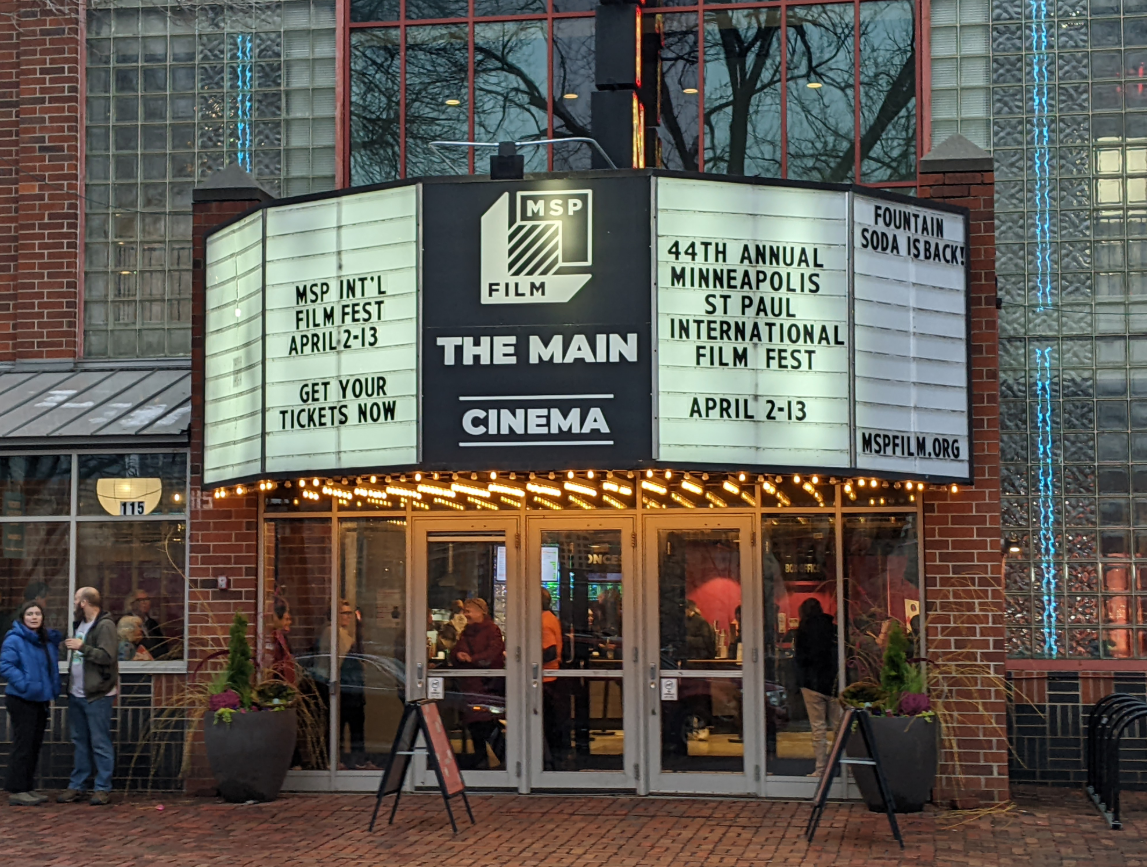I love fashion. My life revolves around it. I wouldn’t be the Fashionista if that weren’t the case. The thought of not being involved in the fashion industry is possibly scarier than never being able to eat Chipotle again. That said, I am critical of it.
First of all — and I realize this statement is blasphemous in the fashion world — Anna Wintour, the editor-in-chief of Vogue, is overrated.
Yes, she obviously has a great eye for style; otherwise, she wouldn’t be where she is today. And she revolutionized the magazine by recognizing early on that featuring celebrities on the cover sells more than featuring supermodels.
However, everyone in the fashion industry follows her blindly. If you’ve seen the documentary “The September Issue,” you’ll notice that her ideas and actions are never questioned. Even Grace Coddington, Vogue’s award-winning creative director, gets her work thrown out by Wintour. Anything Anna Wintour says, goes.
For example, she recently assumed the role of artistic director at Glamour magazine (because being the editor-in-chief at Vogue, the editorial director of Teen Vogue and the artistic director of Condé Nast wasn’t enough) and forced a redesign, making it look more like Vogue.
It’s quite similar to when Wintour was the de facto editor of Lucky magazine and banned all “normal-looking” models in favor of those with supermodel bodies. Next thing we know, Glamour will be using the same three supermodels in each editorial and only showcasing “price upon request” designer merchandise.
What the fashion industry seems to forget is that 99 percent of people are unable to afford the pricey designer merchandise displayed in the pages of magazines. The people who work at these magazines can’t even afford the clothes!
In fact, I’m not really sure who can afford the stuff shown in Vogue, except the wives of oil barons.
Celebrities get clothes for free because it’s an easy way to get press mentions; editors are handed designer duds and most even get a clothing allowance — sometimes reaching hundreds of thousands of dollars annually.
While the media makes it seem like designer clothing is everywhere, in reality, it’s not. I know that luxury merchandise thrives on exclusivity, but fashion magazines should focus more on affordable options for their readers.
Fashion is a form of self-expression. Fashion is subjective. Though it’s necessary to follow trends if you want to be a member of the fashion elite, you don’t have to participate. If you don’t like a particular trend, don’t wear it just because GQ’s style editor told you to. Wear something because you like it.
Similarly, the fashion world sometimes gets caught up in ridiculous fads that contradict every rule they’ve ever set. Running shoes are apparently OK now that Chanel’s fall line featured models wearing ugly sneakers.
Everyone needs to take a step back and decide if what’s being shown is actually cool. I can guarantee that if Walmart made a line inspired by McDonald’s, everyone would hate on it, but Moschino’s collection features the golden arches, and everyone is blown away by the creativity.
I want to roll my eyes when I see magazines proclaiming that “pink is the new black.” Sorry, but no one has stopped wearing pink, no one will ever stop wearing pink and no one is going to start wearing pink because a few designers presented pink dresses for spring.
There are a limited number of colors to work with and, frankly, a designer’s choice to use a color is not brilliant or game-changing. It’s just a fact of life. Magazines, please save your “revolutionary” claims for unconventional shapes or new textures — things that might actually be somewhat different.
The fashion industry and its members (myself included) need to keep in mind that what they’re doing is not changing the world. And while fashion is clearly an important part of society, we need to remember not to take it so seriously. After all, it’s just clothes.







